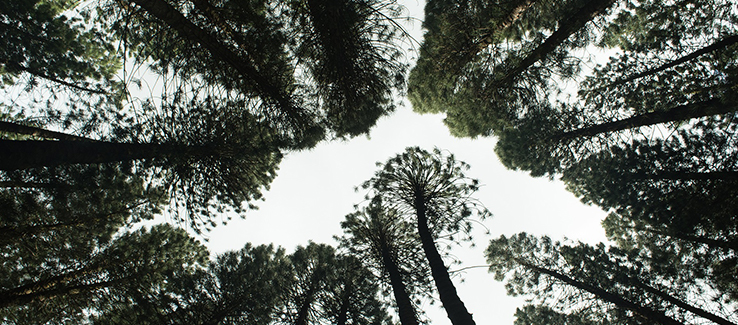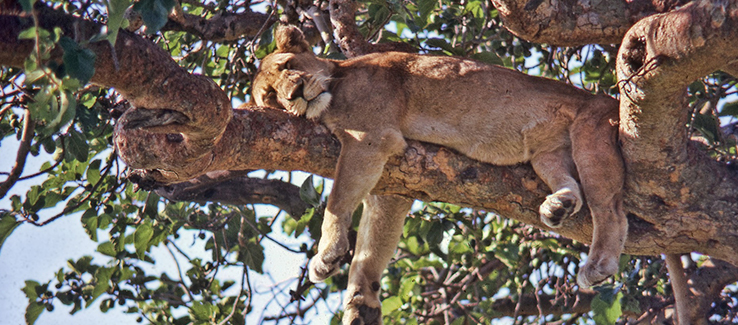Tree Conservation – What is it & What Can I Do

Prevent out of control flooding, topsoil erosion, and a loss of wildlife in areas with depleted tree populations. Knowing the benefits of tree conservation and how you can participate in these efforts can help your conservation efforts cause significant improvements in the ecosystem.
fasttreeremovalatlanta.com gathered information on what tree conservation is, why trees are needed, how you can practice tree conservation, and resources for your conservation journey.
What is Tree Conservation
Tree conservation is the preservation, protection, and management of forests and individual trees. It is a principle, a policy, and a practice, all of which have become more common and popular in recent decades as the world’s governments and communities take more aggressive actions to combat climate change and global warming. Much of this awareness is meant to heighten people’s awareness that the natural resource represented by trees and forests has significant value to our civilization, wildlife, and the overall well-being of the world’s ecosystems, as well as potentially influencing the climate, the use, and conservation of other natural resources.
While the primary goal of tree conservation is to preserve and protect trees and forests. Some of the many benefits of tree conservation include:
- Wildlife Habitat Preservation
- Drug and Medicine Research in the World’s Forests
- Erosion Prevention
- Many Tree Species are Food Sources for Humans

Note: Healthy trees help keep land fertile and biodiverse.
How Can I Participate in Tree Conservation Efforts
From your habits at home to contributing your time and effort to projects sponsored by nonprofit organizations, there are multiple ways you can contribute to tree conservation efforts. Consider the following:
- When purchasing or replacing furniture, seek wood alternatives.
- Use the front and back of paper, reducing waste.
- Use washable towels instead of paper towels when performing household chores/cleaning.
- Avoid collecting unnecessary pamphlets, booklets, and leaflets.
- Recycle paper products.
Other actions you can take include:
- Planting trees on your property
- Having your trees annually inspected for disease and infestation.
- Planting trees in USDA hardiness zone appropriate locations.
- Observing a tree’s maximum dimensions at maturity and planting it where it has space and conditions to flourish.
- Taking annual soil samples and making appropriate adjustments for pH and nutrients.
- Pruning your tree during dormancy or after it suffers storm or accidental damage.
- Plant conservation trees along embankments, easements, fields, etc., that protect soil from erosion and help control stormwater runoff.
The following groups/entities work with people to plant trees, conserve forests, protect nature, and partner with families, educators, and government officials to protect woodlands and forests:
- The American Forests Organization – americanforests.org
- American Forestry Foundation – forestfoundation.org
- The Nature Conservancy – nature.org
- Rainforest Action Network (RAN) – ran.org
- Greenpeace – greenpeace.org
Tip: If you have an aversion to joining an organized group or entity, start one yourself. Regular meetings, sound ideas, and reasonable actions will quickly attract like-minded people to join and support your efforts.
10 Benefits of Robust Trees
Healthy trees are responsible for so much more than beautifying a street or community space. They also contribute to our neighborhood vitality in the following amazing ways:
1. Carbon Sequestration – Burning fossil fuels deposits heat-trapping carbon dioxide into our atmosphere, changing our climate in fast and dangerous ways. Planting trees can slow this process. A tree can absorb as much as 48 pounds of carbon dioxide per calendar year and can sequester an incredible 2,000 Lbs of carbon dioxide by the time it reaches 40 years of age.
2. Clean Water – Forests are a natural filtration and storage system that processes nearly two-thirds of the water supply in the US. When you drink tap water in a New York City restaurant, you’re consuming water that was filtered, in part, by the forests of upstate New York. The forests are so efficient at this that the city only needs to perform a minimum of additional filtering.
3. Temperature Control – Shade and wind-breaking qualities benefit everyone from an individual seeking refuge from a hot summer day to entire cities. The annual average air temperature of a city with 1 million+ people can be from nearly 2°F to 5.5°F warmer than the city’s surroundings. Planting trees reduces this “heat island effect.” And homes with shade trees could reduce their summer cooling expenses by as much as 12 percent.
4. Flood Control – Trees can absorb incredible amounts of water that would otherwise stream down hills, surging along rivers, potentially flooding land and towns downstream. This is why trees are such an essential component of stormwater management for many cities.
5. Increased Property Values – People are naturally drawn to homes and businesses near trees. The proof is in the prices: property values are 7 to 25 percent higher for houses surrounded by trees, and consumers will spend more at shops near green landscapes.
6. Wildlife Habitat – Wildlife use trees for food, shelter, nesting, and mating. These habitats support a wide variety of living things on our planet. By protecting trees, we simultaneously save and protect the other plants and animals they shelter.
7. Employment – According to the U.S. Forest Service, visitor spending in National Forests amounted to nearly $11 billion in 2012. This activity sustains over 190,000 full- and part-time positions. And that’s only in the country’s National Forests.
8. Mental Health – Feeling down or depressed? Take a walk in the woods. Several studies have found that access to nature promotes better cognitive functioning, more self-discipline, and greater mental health overall. One study even found that hospital patients who can see trees out their windows remain hospitalized 8 percent fewer days than their counterparts.
9. Reduced Crime – Neighborhoods with an abundance of trees have significantly fewer crimes than those without. Researchers believe that this is because green spaces have a calming effect and encourage residents to spend more time with their neighbors outdoors, bolstering a sense of community trust.
10. Clean Air – Trees efficiently absorb CO2, removing and storing the carbon while releasing the oxygen back into the air. Trees also absorb odors and pollutant gases (nitrogen oxides, ammonia, sulfur dioxide, and ozone) and filter particulates from the air by trapping them on their leaves and bark. Trees are often referred to as the “lungs of the planet” because of the oxygen they provide and recycle for other living things.

Tree and Forest Conservation
In this article, you discovered what tree conservation means, the benefits of trees in our communities, how you can join tree conservation efforts locally or globally, and resources to help you find the right conservation organization for you.
Knowing how your actions at home and in the community can impact the world’s tree population will help you make informed decisions about how you live and use natural resources.
Without making changes to conserve and protect trees, global problems with soil erosion, flooding, wildlife refuge, and rising temperatures will continue to adversely affect everyone, everywhere.
Sources:
isglobal.org/en/healthisglobal/-/custom-blog-portlet/espacios-verdes-un-recurso-para-la-salud-mental/6113078/0
human.cornell.edu/dea/spotlights/green-space-and-crime
fsa.usda.gov/Assets/USDA-FSA-Public/usdafiles/FactSheets/2015/CRPProgramsandInitiatives/Practice_CP3_Tree_Planting.pdf
(404) 220-9965
(404) 220-9963
